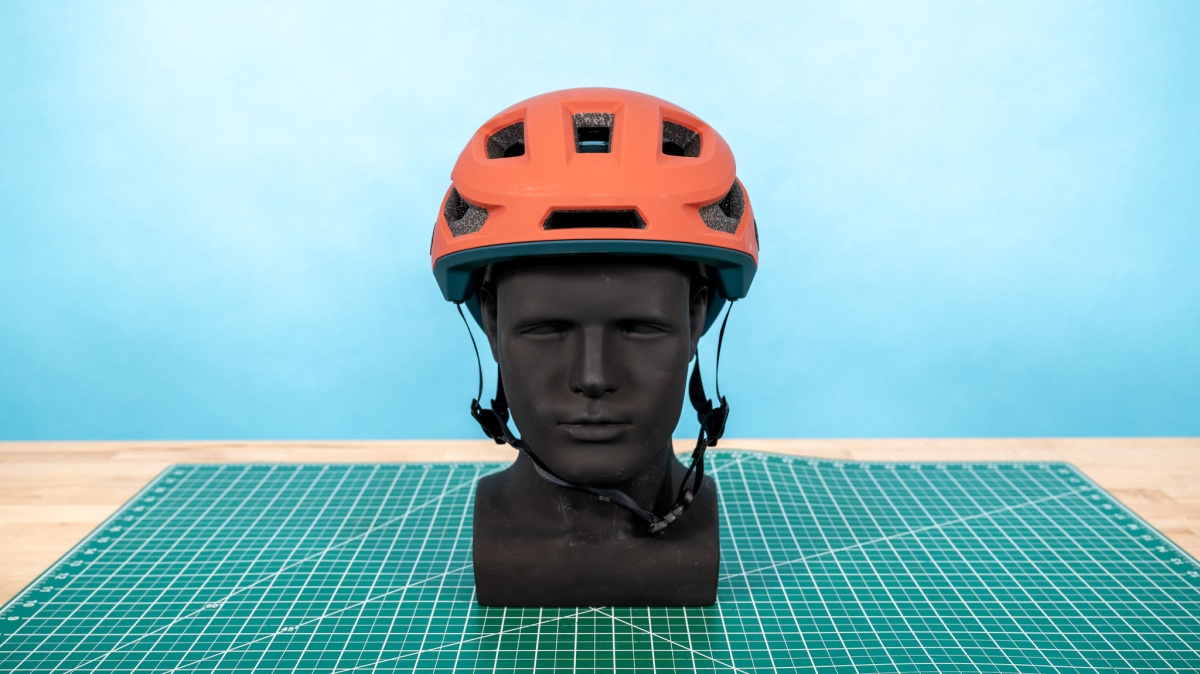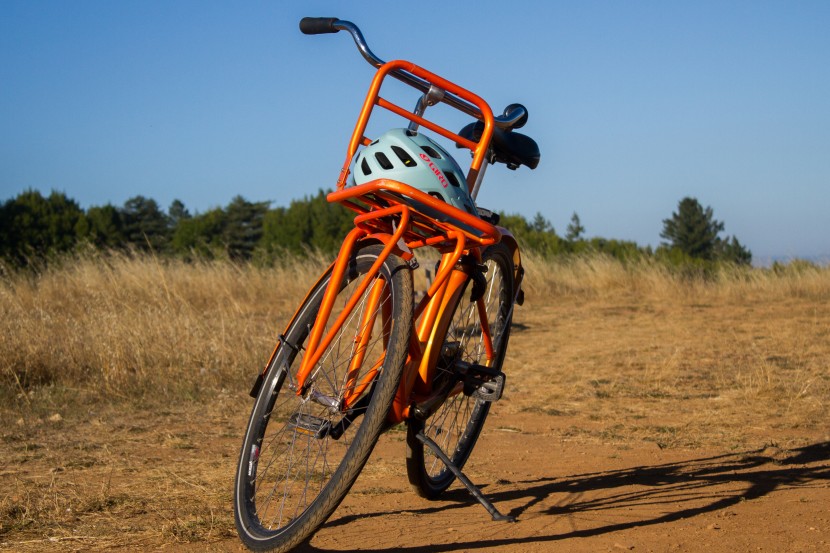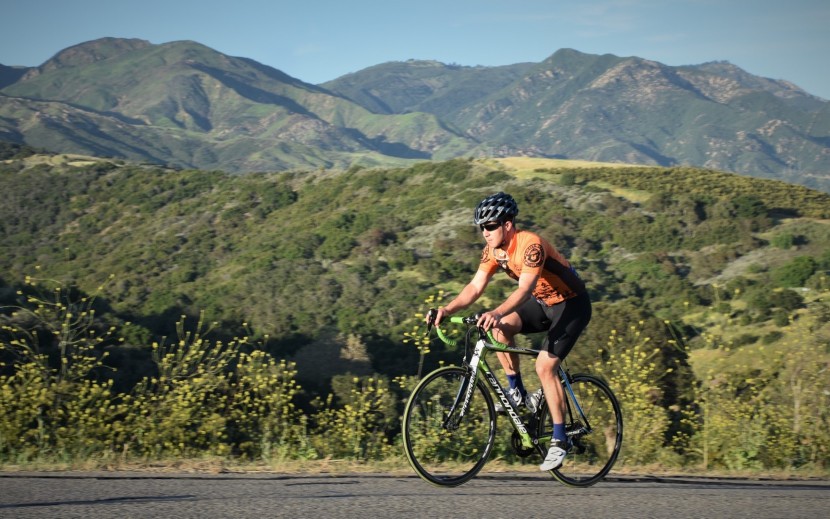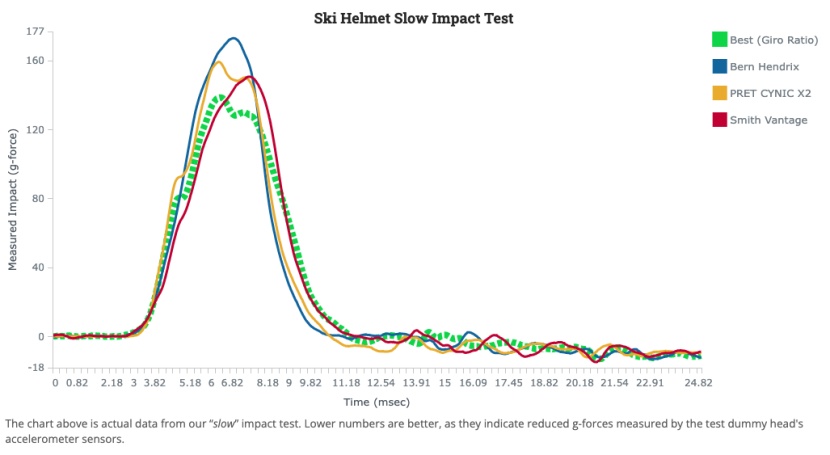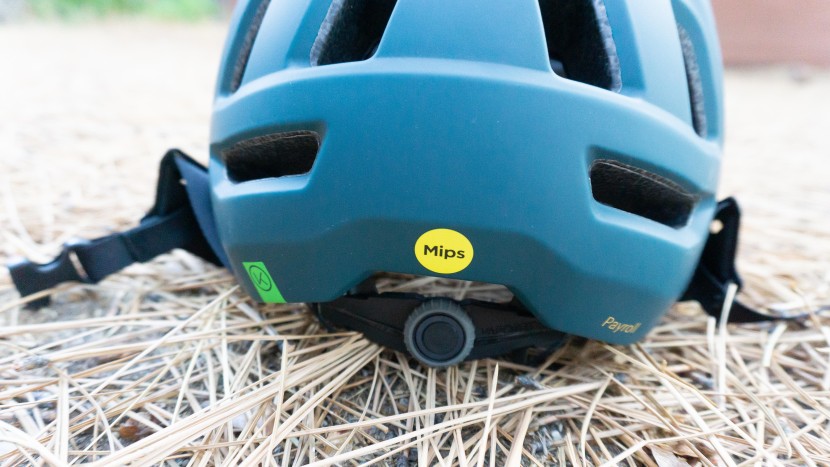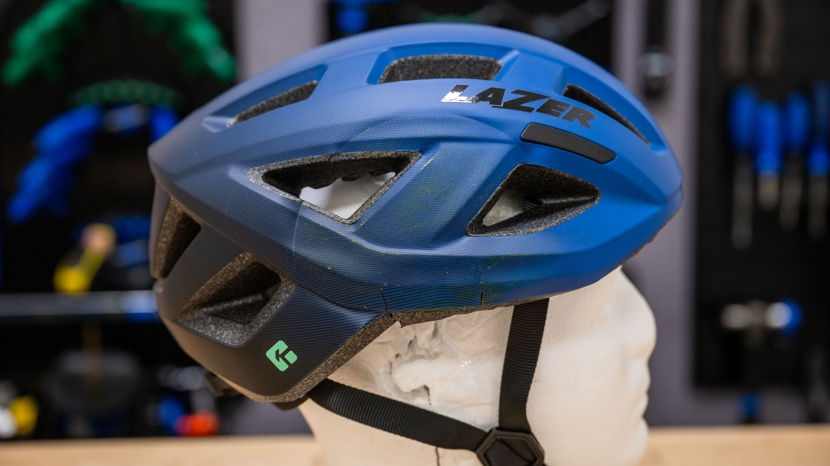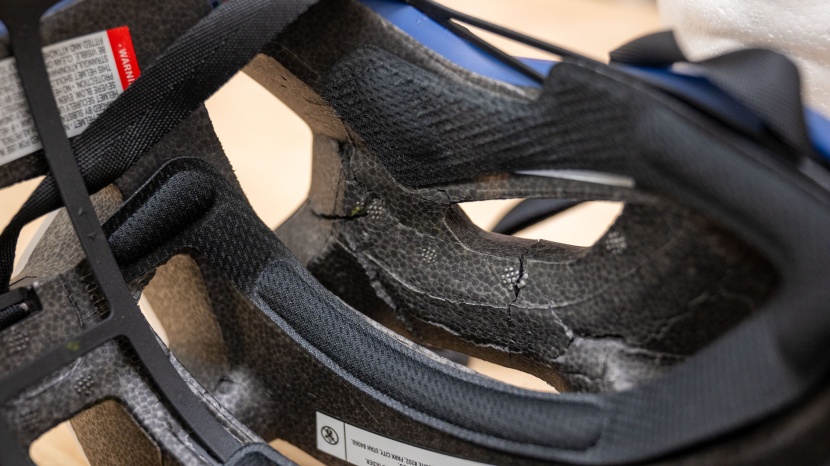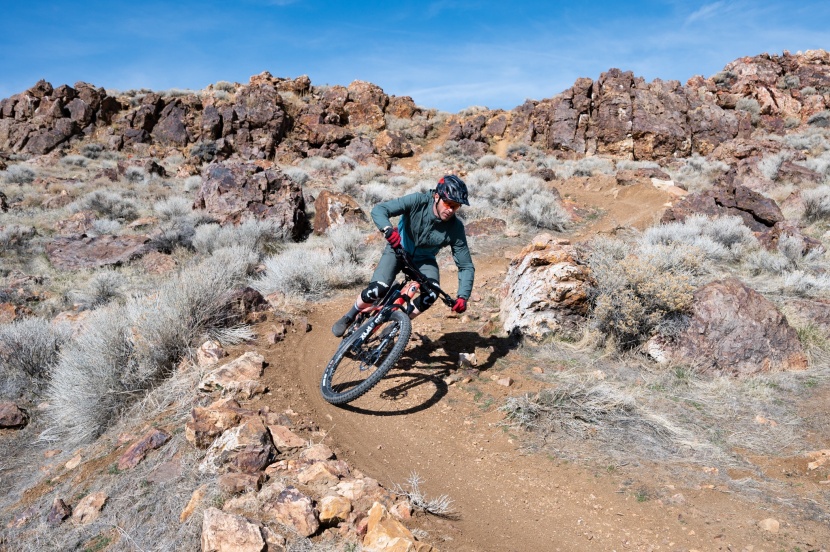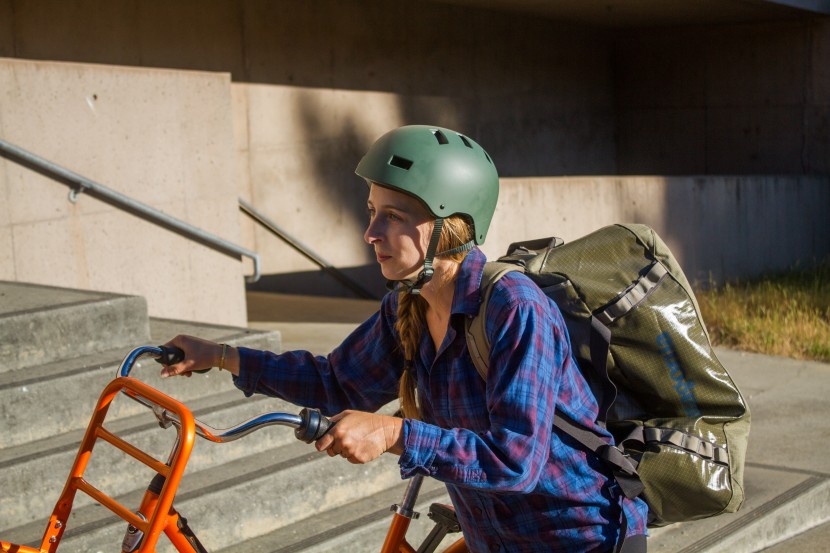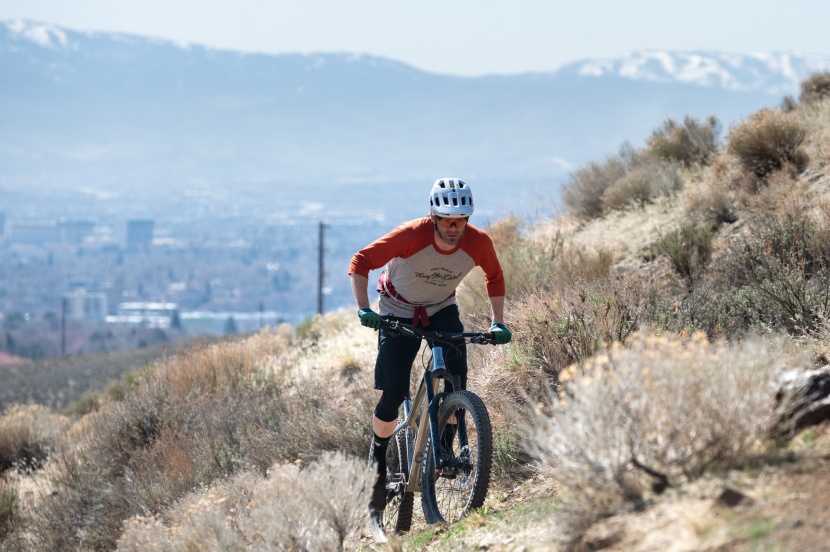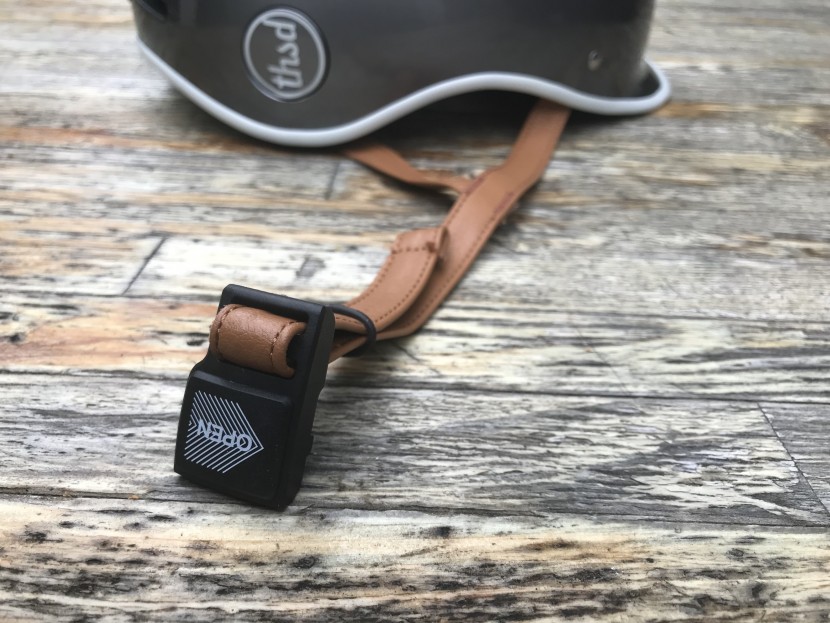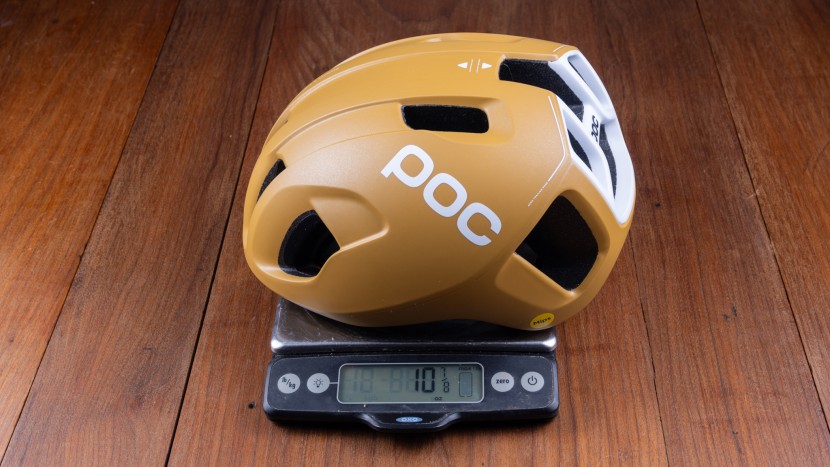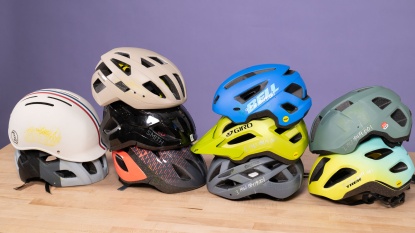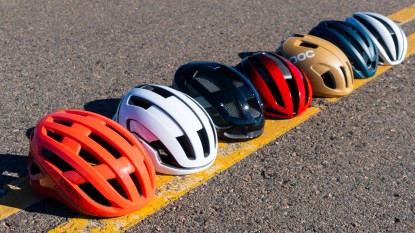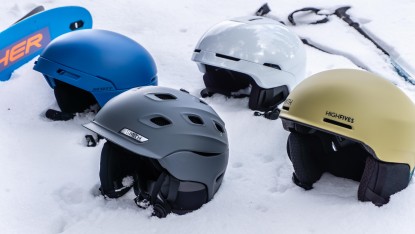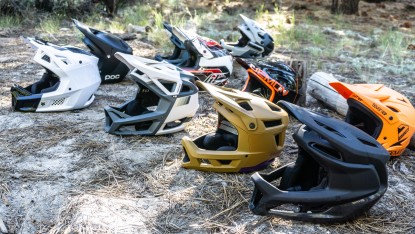Our helmet testing process begins with many hours of research, determining which helmets we choose to include in our various sports' reviews based on market comparisons, popularity, and the advice of our experts in the field. We then purchase two of each model – one is sent to the reviewer for hands-on testing in the field and also assessed for variations in weight, comfort, ventilation, functionality, and any special features that they believe add to the overall performance and value of the helmet.
For each helmet that is tested hands-on by one of our experts in the field, an identical helmet is sent to the world-renowned ACT Lab for impact testing. ACT is an ISO/IEC 17025-accredited laboratory that has state-of-the-art equipment, which is specifically designed for measuring the amount of force that is exerted on a helmet during a variety of impacts. They specialize in safety and compliance across several industries internationally, from helmets to toys to electric bikes.
Each of our helmet categories utilizes the same exhaustive testing process, yet we ensure our reviewers address category-specific examination needs. In our road bike helmet review, testers put big miles on the pavement, while our mountain bike helmet and downhill helmet reviewers logged big days on the trail. For the more versatile category of budget bike helmets, our bike experts split their time across urban environments and single-track jungles.
In the snow world, our ski and snowboard helmet team divides their time between the backcountry, the chairlifts, and the park in a variety of weather conditions, ensuring the helmets aren't too hot on the spring days but will still keep you cozy in a blizzard.
Impact Testing
Our impact tests are the star of the show. In coordination with ACT Lab, we've created testing protocols that go beyond industry standards so that we can split the hairs between which helmets are good enough and which are the best of the best.
“We feel the GearLab impact test protocols for helmets are a thoughtful approach to assessing helmet impact test performance.” -Scott Huber, Senior Technical Director, ACT Lab.
In the lab, every helmet is attached to a dummy head that is outfitted with accelerometer sensors. From the data collected from the sensors, we are then able to analyze, chart, and score each model. We take the complex and confusing data produced by the sensors and calculate scores 1-10 so that they are easily digestible and differentiated for our readers.
For our “slow” impact test, we drop each helmet from a height of 1.0 meters. This test is meant to replicate the impact felt while falling on your own and your head hitting the ground.
For our “fast” impact test, every helmet is dropped from a height of 2.3 meters. This trial mimics the impact of a more consequential crash, such as colliding with an object. On skis, this might be another skier, on a road bike, it could be a vehicle, or on a mountain bike, it might be a tree.
Lastly, we have ACT Lab ship all of the helmets to GearLab HQ to be examined and photographed by our in-house team in order to identify any damage that the sensors can't catch.
Comfort
We spent hours upon hours in each and every helmet for rides of all shapes and sizes to investigate comfort. From casual jaunts to outings better described as “missions”, we kept exhaustive notes on any discomfort experienced, detailing when and where the helmet began to feel subpar. When possible, we had multiple testers wear each helmet to aid in the subjectivity of comfort testing, ultimately forming a consensus for each option's scores in this metric.
To explore each helmet's design relative to comfort, we analyzed padding design, chinstrap material and adjustability, rear adjustment system, and overall fit. While first impressions are crucial in any aspect of life, we believe in second and third chances when it comes to gear testing, so we continued to use every helmet until we confirmed, and reconfirmed, our conclusions relative to this metric. While our helmet categories are vastly different, comfort is a universal need for head protection, so our testing process looks similar between categories, whether testing a road bike or mountain bike helmet.
Ventilation
We wore each helmet for several lengthy bike rides, backcountry missions, and resort days, working up a full-body sweat to see how breathable each option was. After weeks of pedaling, ripping up and down trails, skiing, and snowboarding, we tabulated our thoughts and scored each helmet.
Useability
We performed a deep dive into every helmet's features and ease of use to score the usability metric. Out of the box, we investigated how intuitive each option was to set up and adjust for its inaugural ride. Common areas of scrutiny included the rear adjustment system, which commonly involves a wheel, and the chin/ear straps, particularly regarding how well one could make adjustments or clip/unclip the chin strap. We also investigated how well each helmet accommodated various eyewear, a crucial consideration to make when shopping.
Where appropriate, we also explored the sun visors of each model, which are most likely to be found on mountain bike helmets. Other unique features/designs available on the market today include a rechargeable tail light on the back of the helmet and even built-in Bluetooth speakers. For ski helmets, we examined the ear flaps and whether or not they can house third-party Bluetooth speakers. Similar to our other metrics, we spent weeks using each helmet in the field, taking detailed notes relative to usability along the way, only formulating final scores when we felt confident of our findings.
Weight
While the importance of weight will vary depending on the person and helmet category, our testing process was universal. We simply weighed each option and utilized a weight ratings calculator to provide an easy-to-compare score from 1-10. Within each category, we used the same scale, ensuring it was fully functional before recording our results.

